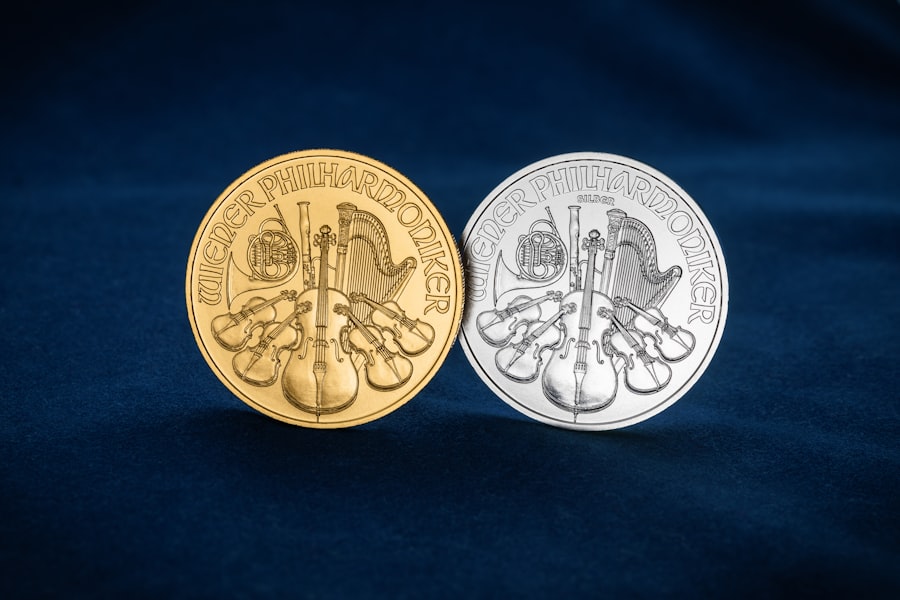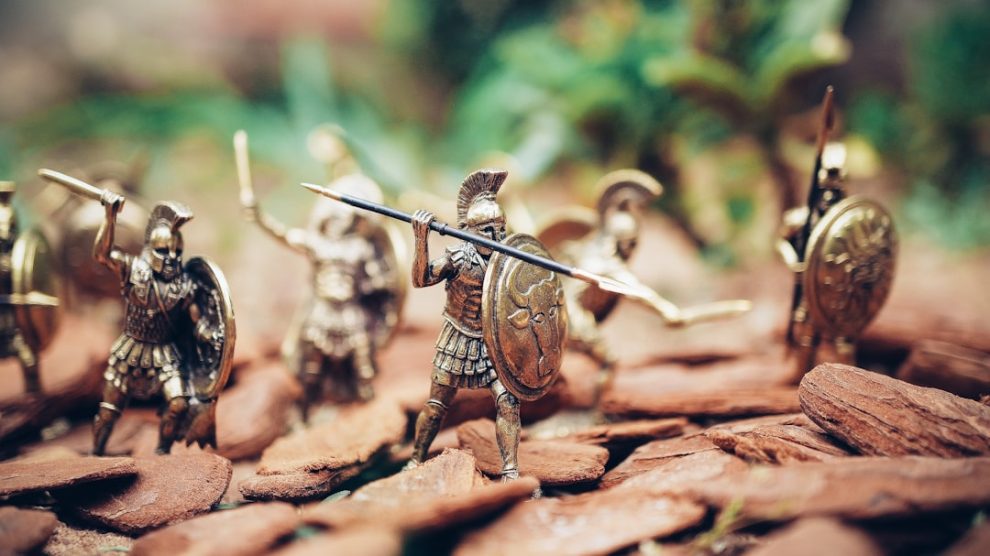Collectible investing is a unique and exciting way to diversify your investment portfolio. It involves purchasing and holding items that have the potential to increase in value over time. These items can range from rare coins and stamps to vintage cars and artwork. However, before diving into the world of collectible investing, it is important to understand the basics.
Collectible investing is different from traditional forms of investing, such as stocks or real estate. The value of collectibles is often subjective and can fluctuate greatly based on factors such as rarity, condition, and demand. Therefore, it is crucial to have a good understanding of the market and the specific collectibles you are interested in before making any investment decisions.
The Potential of Collectibles as an Investment
While collectible investing comes with its own set of risks and challenges, it also has the potential for significant returns. Many collectors have seen their investments grow exponentially over time. For example, a rare stamp that was purchased for a few dollars in the past could now be worth thousands or even millions of dollars.
There are numerous success stories of individuals who have made substantial profits from their collectible investments. One famous example is the case of a 1933 Double Eagle gold coin, which was sold at auction for a record-breaking $7.6 million in 2002. The coin was originally minted but never released into circulation due to changes in currency laws during the Great Depression. This rare coin became highly sought after by collectors, driving up its value significantly.
Risks and Challenges of Collectible Investing
While collectible investing can be lucrative, it also comes with its fair share of risks and challenges. One of the main risks is the volatility of the market. The value of collectibles can fluctuate greatly based on factors such as changes in demand, market trends, and economic conditions. This means that the value of your investment can go up or down rapidly, making it important to be prepared for potential losses.
Another challenge of collectible investing is the lack of liquidity. Unlike stocks or bonds, which can be easily bought or sold on the market, collectibles can take time to find a buyer. This means that if you need to access your funds quickly, you may have difficulty selling your collectibles at a fair price.
Evaluating the Value of Collectibles: Key Factors to Consider
When evaluating the value of collectibles, there are several key factors to consider. These include rarity, condition, provenance, and demand. Rarity refers to how scarce an item is, with rarer items generally being more valuable. Condition is also important, as collectors prefer items that are in excellent condition with minimal damage or wear.
Provenance refers to the history and authenticity of an item. Collectibles with a well-documented and reputable provenance are often more valuable. Finally, demand plays a crucial role in determining the value of a collectible. Items that are highly sought after by collectors will generally command higher prices.
For example, let’s consider a vintage car. If it is a rare model with only a few remaining in existence, it will likely be more valuable than a common model. Additionally, if the car is in pristine condition and has a well-documented history of ownership by famous individuals or events, its value will increase further. Finally, if there is high demand for that particular model among collectors, the price will be driven up even more.
Building a Collectible Investment Portfolio: Tips and Strategies
Building a collectible investment portfolio requires careful planning and consideration. One important tip is to diversify your investments across different types of collectibles. This helps to spread out your risk and increase the chances of finding items that will appreciate in value.
It is also important to do thorough research before making any purchases. This includes studying market trends, attending auctions and exhibitions, and consulting with experts in the field. By gaining a deep understanding of the collectibles you are interested in, you can make more informed investment decisions.
Another strategy is to focus on quality over quantity. It is better to invest in a few high-quality items that have the potential for significant returns, rather than buying a large number of lower-value items. Quality items are more likely to appreciate in value over time and attract serious collectors.
Money Management in Collectible Investing: Setting a Budget and Sticking to It

Setting a budget is crucial when it comes to collectible investing. It is easy to get caught up in the excitement of auctions and sales and overspend on items that may not have the potential for significant returns. By setting a budget, you can ensure that you are investing within your means and not taking on unnecessary financial risk.
When setting a budget, it is important to consider not only the purchase price of the collectibles but also any additional costs such as storage, insurance, and maintenance. These costs can add up over time and should be factored into your overall budget.
To stick to your budget, it can be helpful to establish clear investment goals and priorities. This will help you stay focused on your long-term objectives and avoid impulsive purchases that may not align with your investment strategy.
Financial Management for Collectible Investors: Tracking Expenses and Returns
Tracking expenses and returns is essential for effective financial management in collectible investing. By keeping accurate records, you can monitor the performance of your investments and make informed decisions about buying or selling.
One tip for tracking expenses is to create a dedicated spreadsheet or software program to record all relevant information. This should include details such as the purchase price, date of purchase, any additional costs, and the current estimated value of each item.
It is also important to regularly review your investment performance and make adjustments as needed. This may involve selling underperforming items or reallocating funds to more promising opportunities. By analyzing your investment performance, you can identify trends and patterns that can inform your future investment decisions.
Finance Management for Collectible Investors: Tax Implications and Strategies
Collectible investing can have significant tax implications, so it is important to be aware of the relevant laws and regulations. In many countries, profits from the sale of collectibles are subject to capital gains tax. This means that if you sell a collectible for a profit, you may be required to pay a percentage of that profit to the government.
One strategy for minimizing tax liabilities is to hold onto your collectibles for at least one year before selling. In many jurisdictions, assets held for longer than one year are eligible for lower capital gains tax rates. By holding onto your collectibles for an extended period, you can potentially reduce your tax liability and maximize your returns.
It is also important to keep accurate records of all transactions related to your collectibles. This includes receipts, invoices, and any other relevant documentation. By maintaining detailed records, you can provide evidence of your purchase price and any additional costs incurred, which can help reduce your tax liability.
Diversifying Your Collectible Investments: Balancing Risk and Reward
Diversification is key when it comes to collectible investing. By spreading your investments across different types of collectibles, you can reduce the risk of losing all your capital if one particular item or market performs poorly.
For example, if you invest solely in rare stamps and the stamp market experiences a downturn, your entire investment could be at risk. However, if you also have investments in vintage cars or artwork, these may continue to appreciate in value even if the stamp market is struggling.
It is important to strike a balance between risk and reward when diversifying your collectible investments. While it is tempting to invest in high-risk, high-reward items, it is also important to have a solid foundation of lower-risk, more stable investments. This will help to protect your capital and provide a steady stream of returns.
Making the Most of Collectible Investing Opportunities
Collectible investing can be a rewarding and profitable venture, but it is important to approach it with caution and careful planning. By understanding the basics of collectible investing, evaluating the value of collectibles, and implementing effective money and financial management strategies, you can increase your chances of success.
While collectible investing comes with its fair share of risks and challenges, it also offers the potential for significant returns. By diversifying your investments, setting a budget, tracking expenses and returns, and being aware of tax implications, you can navigate the world of collectible investing with confidence.
In conclusion, collectible investing can be a fascinating and lucrative way to grow your wealth. However, it is important to approach it with caution and do thorough research before making any investment decisions. By following the tips and strategies outlined in this article, you can make the most of collectible investing opportunities while minimizing risks and maximizing returns.









Add Comment